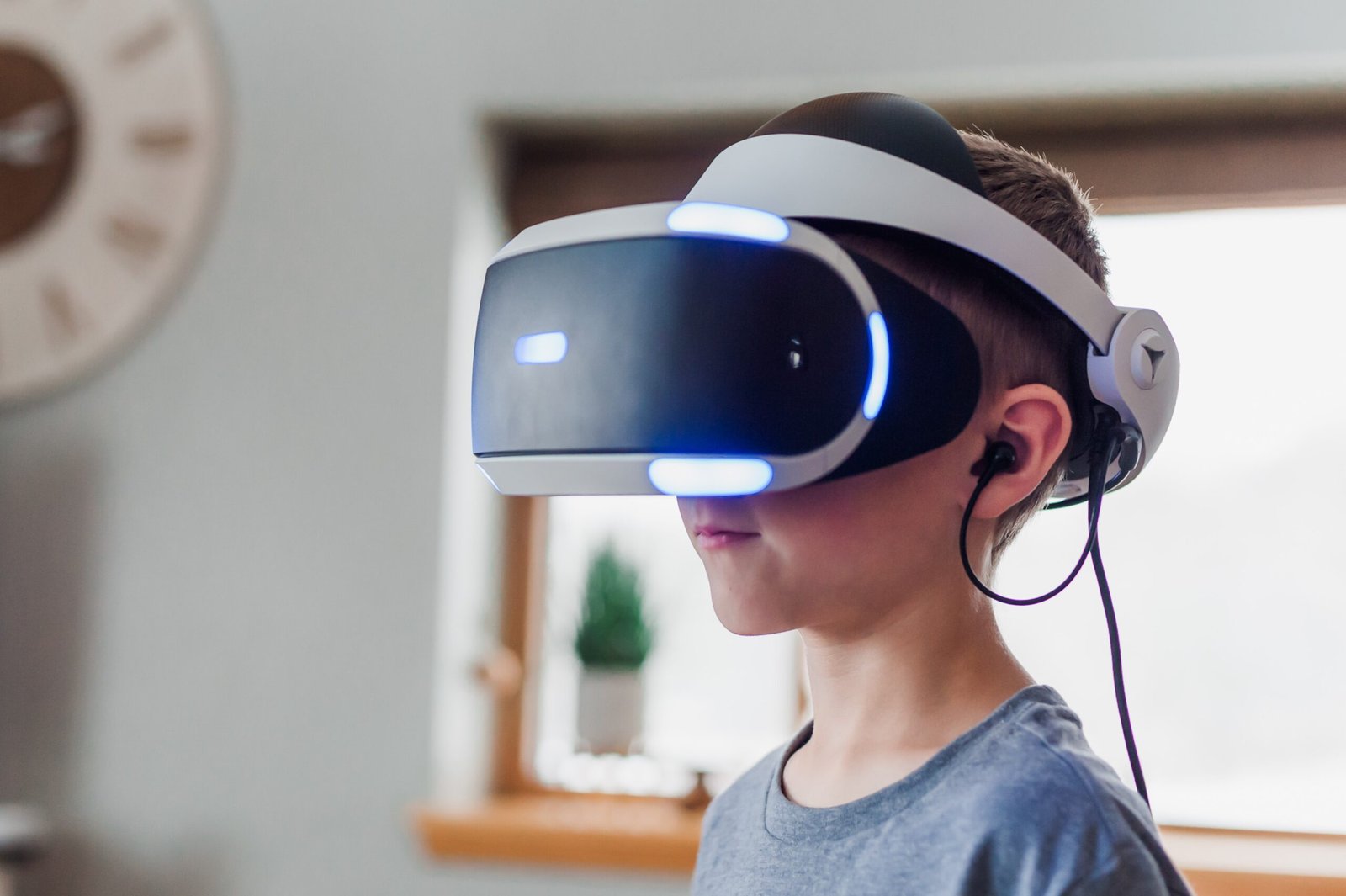Until some years ago, technology was viewed as a synonym for sedentarism. However, this is not necessarily true. Nowadays, there are many pieces of technology being used to promote physical activity. Among those technologies, we can cite virtual reality (VR), which allows users to immerse themselves in a virtual world and interact with that environment. VR is not only a great way to be active but also a way to develop sport-specific skills. The future of physical activity lies in the realm of VR, and people should embrace it even more.
Virtual Reality Can be Quite Convenient
Virtual reality has revolutionized the way we experience sports and physical activity. With VR, individuals can participate in various sports and activities without leaving the comfort of their own homes. Whether it’s playing tennis, basketball, or even mountain climbing, VR provides an immersive and realistic experience that motivates individuals to engage in physical activity.
One of the key advantages of sports in VR is the convenience. People no longer need access to expensive equipment or facilities to engage in their favorite sports. All they need is a VR headset and a small space to move around. This accessibility opens up a world of opportunities for individuals who may not have had the chance to participate in sports otherwise.
Sports Training and Exercise in VR
VR is not just about playing sports; it’s also a powerful tool for sports training and exercise. Athletes and fitness enthusiasts can use VR to enhance their skills, improve their performance, and even track their progress. VR provides a safe and controlled environment for athletes to practice and refine their techniques without the risk of injury.
For example, imagine a basketball player using VR to simulate game scenarios and practice passing. By immersing themselves in a virtual basketball court, they can replicate the position of opponents and teammates and the pressure/intensity of a real game, allowing them to develop their decision-making skills, especially with regard to who and when to pass the ball. Similarly, VR can be used for strength training, yoga, and other forms of exercise, providing individuals with a fun and engaging way to stay fit.
The Benefits of VR and Fitness
The integration of VR and fitness offers numerous benefits. Firstly, it makes physical activity more enjoyable and engaging. Traditional forms of exercise can sometimes be monotonous and boring, leading to a lack of motivation. However, VR provides a dynamic and interactive experience that keeps individuals entertained and motivated to continue their workouts.
Secondly, VR allows individuals to personalize their fitness routines. With a wide range of VR fitness apps and games available, individuals can choose activities that align with their interests and fitness goals. Whether it’s boxing, dancing, or even exploring virtual worlds, there is something for everyone in the world of VR fitness.
Additionally, VR can help individuals overcome the barriers of time and space. With busy schedules and limited access to fitness facilities, many people struggle to find time for regular exercise. VR provides a convenient solution by bringing the gym or sports field to their living rooms. Individuals can engage in physical activity whenever they want, without the need for travel or scheduling conflicts.
The Future of Physical Activity
The future of physical activity lies in the integration of technology, specifically VR. As technology continues to advance, we can expect even more immersive and realistic VR experiences that blur the line between the virtual and physical worlds. This will further enhance the benefits of VR for sports training, fitness, and overall physical well-being.
However, it is important to note that VR should not replace traditional forms of physical activity entirely. It should be seen as a complementary tool that adds variety and excitement to fitness routines. Balancing VR with other forms of exercise, such as outdoor activities or gym workouts, is essential for a well-rounded fitness regimen.
In conclusion, virtual reality is not just a tool for entertainment; it is a powerful tool for promoting physical activity and sports training. The accessibility, engagement, and personalization offered by VR make it an ideal choice for individuals looking to stay active and improve their fitness. The future is VR, and with its continued development, we can expect a new era of physical activity and sports training.


Leave a Reply